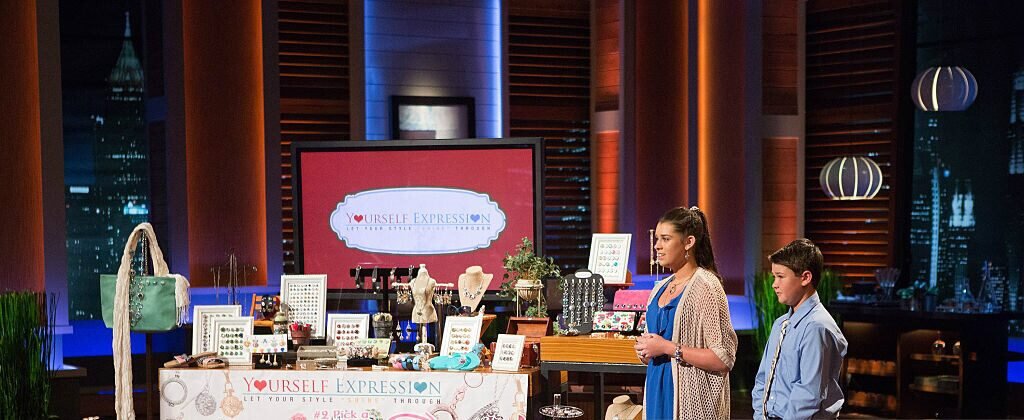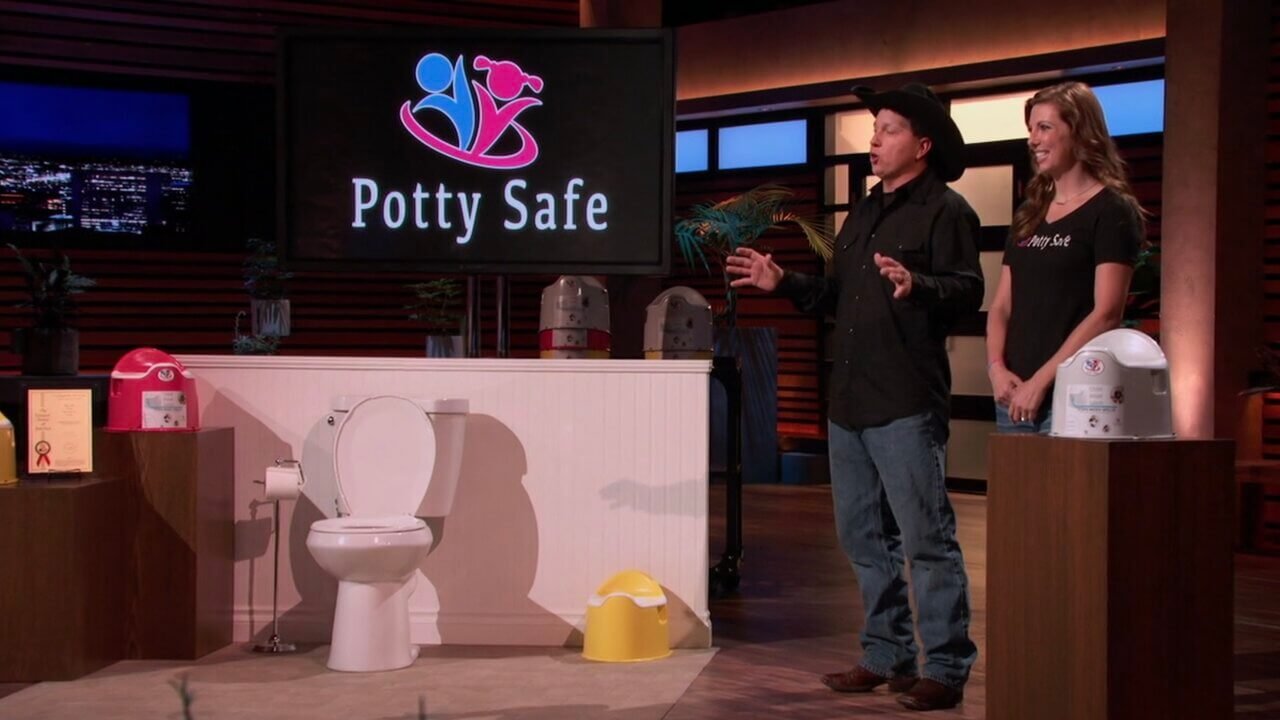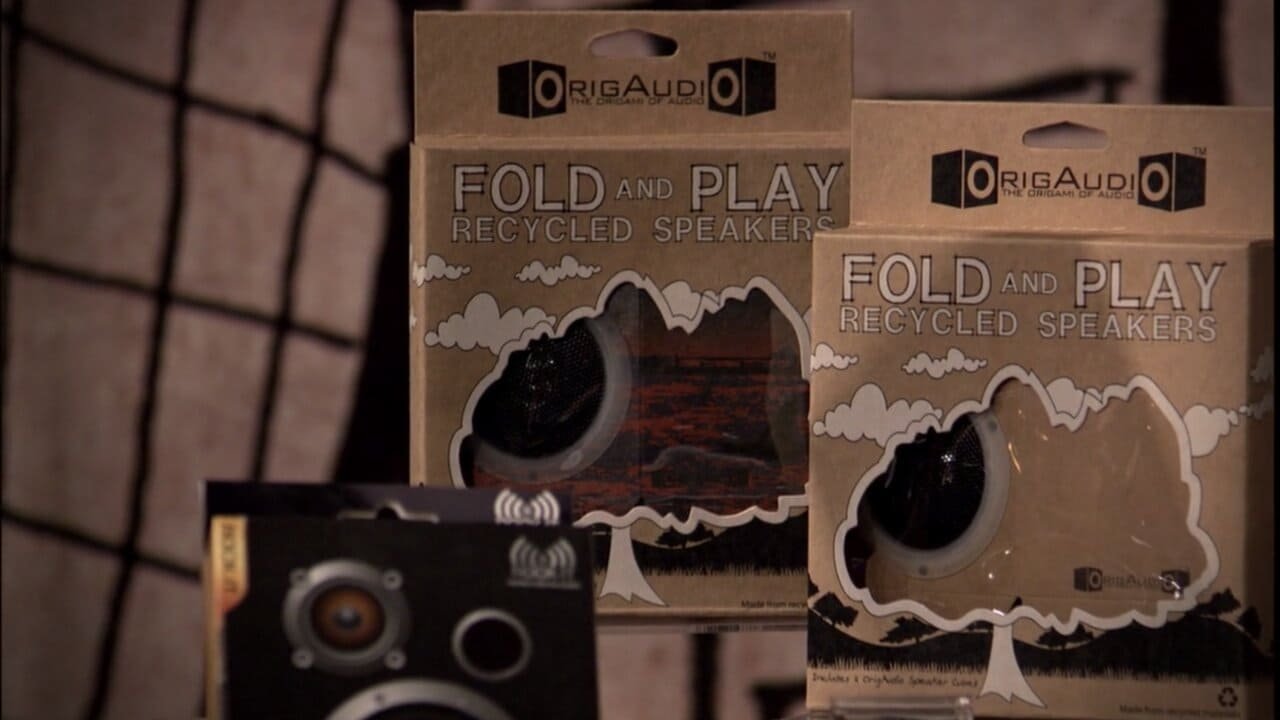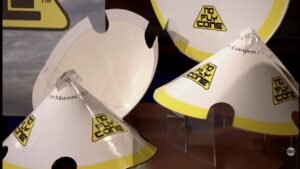We’ve all seen it on TV: wide-eyed founders step into the Shark Tank, pitch their hearts out, hand over a chunk of their business for a big check—and walk off into startup legend. Simple, right? Here’s the real story: most deals don’t close, and cash isn’t the only thing that counts. Sometimes, you walk out with zero dollars and still build a business that matters.
Enter Yourself Expression. The customizable jewelry brand strutted onto Shark Tank Season 7, pitching big dreams and even bigger hustle. Did they snag a Shark? Nope. Did it end there? Not even close. Let’s break it down—the product, the founders, the brutal math, and the entrepreneur lessons nobody talks about.
Contents
Toggle1. Quick Shot: What Is Yourself Expression?
Let’s keep it straight. Yourself Expression is a customizable jewelry and accessory brand—think snap-in charms, bases, and a menu of style options for every mood. This wasn’t factory-made bling you see in every mall kiosk. It’s mix and match jewelry, designed by a teenage founder with grit and serious hustle in her DNA.
This pitch wasn’t about world-changing tech or the next fitness app. It was about letting you rock your style on your own terms, one snap charm at a time. No fluff—just DIY creativity for the mainstream shopper.

2. Founders Step Up
Shelby Gogulski. Start there. At just 14, she cooked up the idea for boot bling, fixing up an old pair of boots when Mom wouldn’t fork out for new ones. Her challenge: make $200 herself, or go without. Most teens would sulk—Shelby got to work, clipped on some sparkle, and herself launched a new business.
Her brother Gordy (just 10 during the pitch) signed on as a minion. No joke—that’s how he introduced himself to the Sharks. Shelby took 33% ownership, Gordy grabbed 20%, and their parents split the rest. Classic family hustle. That founder story is gold for the Tank—but as every operator knows, charm only gets you so far.
3. Yourself Expression Shark Tank Net Worth
Here’s what matters to the money crowd: net worth at the time of the pitch. Shelby and Gordy walked in asking $50,000 for 20% equity. Quick napkin math says they pegged their company at a $250,000 valuation.
Sales numbers? Projected $365,000 on the year. Estimated profit? $80,000. Not bad, considering most founders can barely spell profit, let alone deliver it. Margins were solid: charms cost $0.30–$1 to make, sold for $4 retail; bases ran $1.20–$4, sold for $10–$14.
Now, let’s bring some Shark Worth skepticism. Those sales were real, but the business was running in 90 gift shops and hospital stores—not exactly national retail giants. The company was profitable but held plenty of inventory. To a seasoned investor? That $250K valuation made sense only if they could scale, not just sell bling here and there.
This is where I see founders blunder—they pitch the dream, not the grind behind managing inventory, accounts receivable, and getting their products on real shelves. The Sharks saw it too.
4. Showdown in the Tank
The stage was set: product demo, sales sheet, dreams of sports licensing and cruise ships. Shelby and Gordy nailed the aww factor—charms for every hat, belt, bracelet, even for pets. The Sharks perked right up as soon as they heard about steady sales and clean profit.
But then came the tough stuff. Barbara Corcoran zoned in on the sprawling product catalog. Kevin O’Leary saw an inventory disaster brewing. Lori Greiner and Mark Cuban both picked up the real risk—young founders can get crushed under the pressure of a fast-growing business.
Those Shark Tank moments make for great TV, but real founders know this is where your pulse spikes. Shelby and Gordy held their ground—no begging, no fake numbers. Straight talk, even in the hot seat.

5. Sharks Throw Down Their Verdicts
Let me bullet this out for every entrepreneur who wants the real post-mortem:
- Barbara Corcoran: Too many SKUs, risk of losing steam, and no clear focus.
- Kevin O’Leary: Inventory management nightmare. He’s right—managing thousands of little charms is a logistics mess if you slip up even once.
- Robert Herjavec: Loved the team, doubted the bigger market. Not his game.
- Mark Cuban: Didn’t want to pile stress on very young founders. He respected their grit, but thought Shelby would move on to bigger things soon.
- Lori Greiner: Echoed Mark. Loved the planning, didn’t want to complicate teenage founder life with Shark-level pressure.
Result? No deal. But as a founder who’s heard dozens of Shark Tank tales, this was a no that taught more than a yes ever could.
6. Product and Market Moves
So why did Yourself Expression even get a shot on national TV? Simple: The product was clever, easy to understand, and built for repeat sales. Interchangeable bases and snap-in charms—just a few core items, but a zillion possible combos.
If you know retail, that’s the holy grail for customer engagement. Buy a base, then come back for charms every season, occasion, or just because you’re bored. It’s classic razor and blades strategy—one purchase turns into a long line of future purchases. They even planned to crack into licensed sports and character deals (think: Disney, NFL, you name it).
But scaling this is where the business gets chewed up. Licensing deals are expensive, and chasing too many products at once risks burning out your team and flooding your warehouse. Unless you go full Bombas or Scrub Daddy—absolute focus, single product domination—it’s easy to become just another accessory brand within months.
7. Where Are They Now?
This is what every founder, hustler, and Shark Tank fan wants to know. Did Yourself Expression ride the TV buzz to big box stores? Did the brand fizzle out in silence? Here’s what we know as of early 2025, thanks to SharkWorth and other update trackers.
Yourself Expression kept pushing, with five charm collections for everyone from moms to kids to dog lovers. You could still spot them popping up in Shark Tank recaps—no mega retail deals, but enough buzz to signal ongoing business. Are they a household name? No. But if you’re in the snap jewelry world, you know them—and the founders walked off TV with a national audience, inventory to sell, and proof their margins worked even without a Shark’s check.
I’ve seen dozens of brands melt down post-Tank. This one? They kept the lights on.
8. Real Lessons for Entrepreneurs
Here’s where you’ve got to be brutally honest.
First lesson: Don’t drown in inventory. If your product line balloons before your channel partners or tech can keep up, you’re toast.
Second: Young founders can punch above their weight on TV and in the pitch room. But sustaining growth—navigating (yeah, I said it) production issues, accounts, and real-world setbacks—is a whole different animal. Mark Cuban was right: rapid growth can make or break a young entrepreneur’s love for business.
Third: TV exposure is gold, even without a deal. Yourself Expression made Shark Tank work for them—website traffic spikes, brand awareness, and a lasting featured on credibility badge.
Fourth: Know your numbers. Yourself Expression came prepped—margins, production costs, warts and all. If you step in front of investors without hard metrics, you’re just practicing your pitch.
Fifth: Sometimes, holding out for the right investor (or passing on one entirely) puts you in control. Yourself Expression proved you don’t need a Shark’s money to be sustainable—you just need hustle, differentiation, and a sharp plan for tomorrow.
9. Final Take: Is Yourself Expression Built to Last?
So, is Yourself Expression still in business? Looks like it, though maybe not in the form you’d expect. Are they crushing it at a national level? No. But as a street-smart operator, I respect this: Shelby and Gordy took a shot, learned from pro investors, pivoted smart, and kept selling.
This isn’t a Bombas story—no hockey-stick growth curves, no eight-figure DTC beast emerging. But not every business has to be a unicorn to matter. Yourself Expression fills a real niche, grinds for every sale, and proves that even without a deal, the exposure and hard-won lessons can be worth more than the check.
What’s the takeaway for you? Know your margins. Relentlessly test your products. If you get on Shark Tank, understand—capital can supercharge your run, but hustle and street smarts are what keep you in the game when the spotlight fades.
In my book, that’s the point. Deals come and go; real business is what’s left after the cameras cut.
FAQs
1. Is Yourself Expression from Shark Tank still in business?
As of early 2025 and on sites like SharkWorth, they’re still around—smaller scale, but alive.
2. Who owns Yourself Expression now?
Still primarily a family venture. Shelby and Gordy Gogulski hold major stakes; parents support the business.
3. How much were they asking from the Sharks and what was their valuation?
$50,000 for 20% equity, putting their ask at a $250,000 valuation.
4. Did any Shark regret passing on Yourself Expression?
No regrets aired. In fact, most were glad not to add pressure to teen founders.
5. What happened to the founders after Shark Tank?
They kept the business running and expanded product lines. Shelby’s earned the real entrepreneur badge, at age 14 and beyond.
6. Can you still buy Yourself Expression charms and accessories?
Check their website and retail partners—inventory rotates, but yes, you still can (as of 2025).
7. How much money did the company make after Shark Tank aired?
Exact numbers are under wraps, but they pulled six figures in sales at their peak post-Tank year.
8. What was the biggest challenge the founders faced post-appearance?
Inventory management—keeping enough variety without drowning in costs and complexity.
For real talk, Shark Tank is the start, not the finish. Yourself Expression proves it: all hustle, some heartbreak, and—if you play smart—enough wins to keep building. Betting on yourself? Better be ready to grind.










